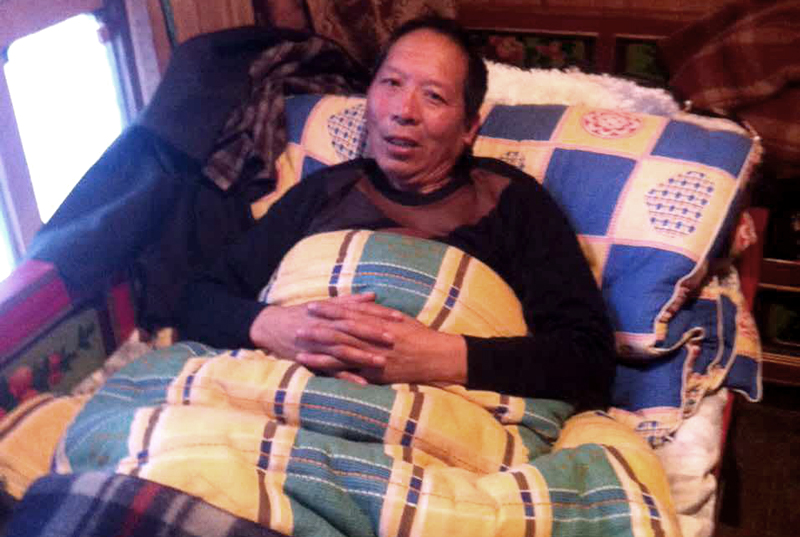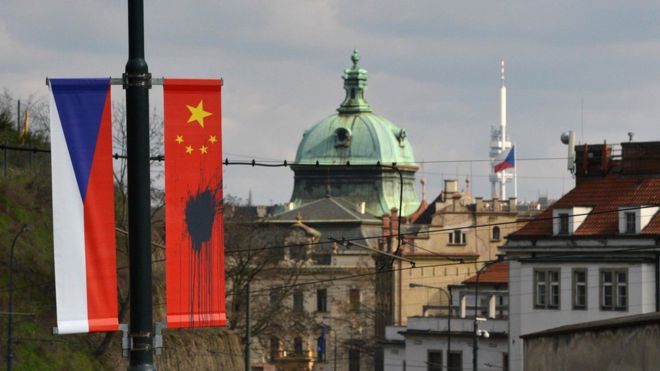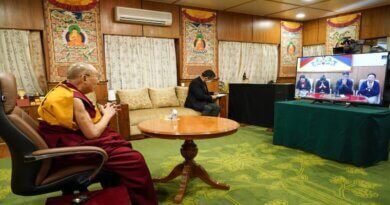How exiled Tibetans choose their leaders
Varinder Bhatia, The Indian Express | March 28, 2016
The final round of polling for the 16th Tibetan Parliament-in-Exile ended on March 20. This was the second direct election after the Dalai Lama distanced himself from the political functioning of the Tibetan Government-in-Exile. Elections are held every five years to elect Members of the Tibetan Parliament-in-Exile (TPiE), and their Sikyong (Prime Minister). The Central Tibetan Administration (CTA) is based in Dharamshala, Himachal Pradesh.
Who are the exiled Tibetans?
The Dalai Lama, spiritual head of the Tibetans, fled Tibet in 1959 after China took control of the territory. He, along with hundreds of followers, was granted refugee status by India. According to figures available with the Tibetan Government-in-Exile, there are around 1,30,000 Tibetans living in exile around the world. Nearly 95,000 live in India, and over 13,500 in Nepal.
When did the Tibetans in exile adopt democracy?
Back in 1960, the 14th Dalai Lama, Tenzin Gyatso, asked a gathering of Tibetans in Bodh Gaya to elect their representatives by a vote. The first set of Tibetan parliamentarians so elected were administered oath of office by the Dalai Lama on September 2, 1960. Subsequently, the Dalai Lama circulated a draft democratic constitution, which was discussed in the Assembly of Tibetan People’s Deputies (ATPD), the predecessor of the TPiE. On March 10, 1963, the Dalai Lama promulgated the Constitution of the Tibetan Government-in-Exile. From 1991 onwards, TPiE became the legislative organ of the CTA, the Tibetan Supreme Justice Commission became the judicial organ, and the Kashag the executive organ.
How are the Sikyong of the Tibetan Government-in-Exile and MPs elected?
Tibetans living in exile in India and other countries elect the Sikyong and MPs. The last election took place in 2011. The main contest in the 2016 election was between incumbent Sikyong Lobsang Sangay, a Tibetan legal scholar from Harvard University, and the Speaker of the Parliament-in-Exile, Penpa Tsering. Over 90,000 registered Tibetan voters were eligible to vote at polling stations across India, Europe, the US, Japan, Taiwan, Australia and other countries. The 2016 general election for Sikyong (called Kalon Tripa until 2012) of the Kashag (Cabinet) and members of the 16th TPiE was the second direct election of the Tibetan leadership since the complete devolution of political authority by the Dalai Lama in 2011. The new Sikyong will be the fourth directly elected Prime Minister of the exiled government.
What is the process of the elections?
It takes place in two rounds. The preliminary round of voting was in October 2015; the final round on March 20, 2016. The results will be announced on April 27. For the 45 seats in the TPiE, 94 candidates were in the fray. The MPs represent the three traditional provinces of Tibet (which is part of China), the four schools of Tibetan Buddhism and the Bon religious tradition, and the Tibetan communities of North America, Europe and Australia (excluding India, Nepal and Bhutan). When Parliament is not in session, there exists a standing committee of 11, including two members from each province and one from each religious denomination.
The election is conducted by the Election Commission, an apex body with a permanent office and staff, headed by a Chief Election Commissioner. Any Tibetan who has reached the age of 25 may contest, and any Tibetan who has reached the age of 18 is entitled to vote. The Sikyong, who heads the seven-member Kashag, is directly elected in a two-phase vote.
What is the sanctity of the Tibetan Government-in-Exile?
The TGiE is not recognised officially by any country, including India. However, many countries, including the US, deal directly with the Sikyong and other Tibetan leaders through various forums. The TPiE claims its democratically elected character helps it manage Tibetan affairs, and raise the Tibetan issue across the world. Sikyong Lobsang Sangay was among the guests who attended the oath-taking ceremony of PM Narendra Modi in May 2014 — probably a first.



